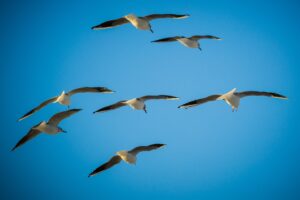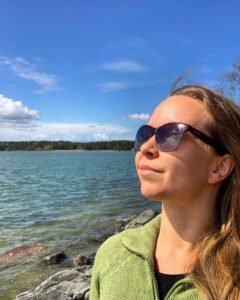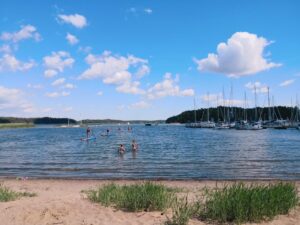Welcome to the new school year everyone. We continue to feature entries from the SeaHer Photo Competition. Enjoy!

One of the most important elements of the ecological heritage of the Baltic Sea is its fauna. Over the years, the number of seabirds on the coast has been decreasing, but steadily increasing in cities that are further from the sea. The fact is that now it is much easier for them to find food in numerous garbage containers than to work hard and catch fish in the sea. The constantly increasing amount of garbage produced by all of us can change and is already significantly changing the ecology of entire regions. And there are not enough efforts of states in the field of waste processing. All of us should feel responsible from the moment of purchasing the goods to sending them to the container. After all, carelessly leaving garbage, even for a couple of hours while waiting for transportation, can attract wild animals and birds from their natural habitat to places of waste accumulation as to an open counter with food. Subsequently, all this can be the reason that our beloved sea will become dead and lifeless, like some sandy deserts. The Baltic is much more than just a beautiful view and a nice beach – it is also home to millions of living creatures that depend on you and me.
 Finland. After the ban on environmental toxins, the population began to grow. In 2019, 558 eagles hatched. Four eagles were flying in my background as this picture was taken, and it was another kind of a wake-up call to realize that times have changed for the better for sea eagles. That gave me hope about a cleaner future for the Baltic Sea and us humans who find it dear, too.
Finland. After the ban on environmental toxins, the population began to grow. In 2019, 558 eagles hatched. Four eagles were flying in my background as this picture was taken, and it was another kind of a wake-up call to realize that times have changed for the better for sea eagles. That gave me hope about a cleaner future for the Baltic Sea and us humans who find it dear, too.